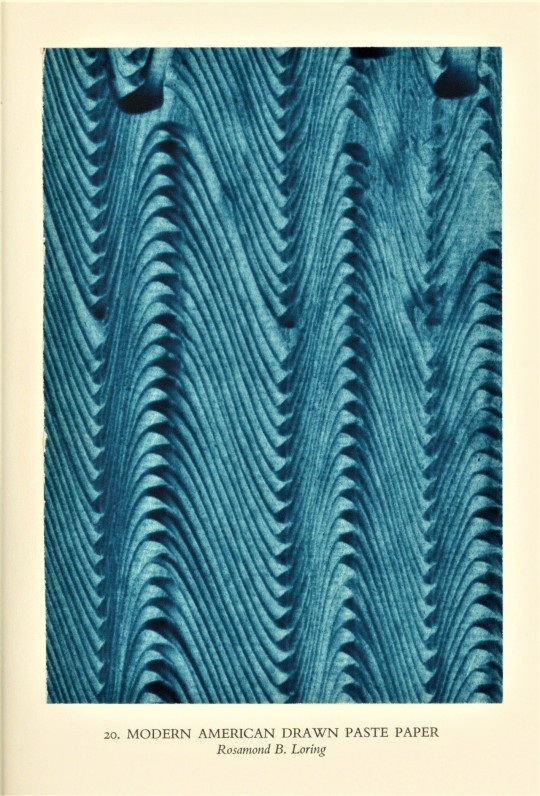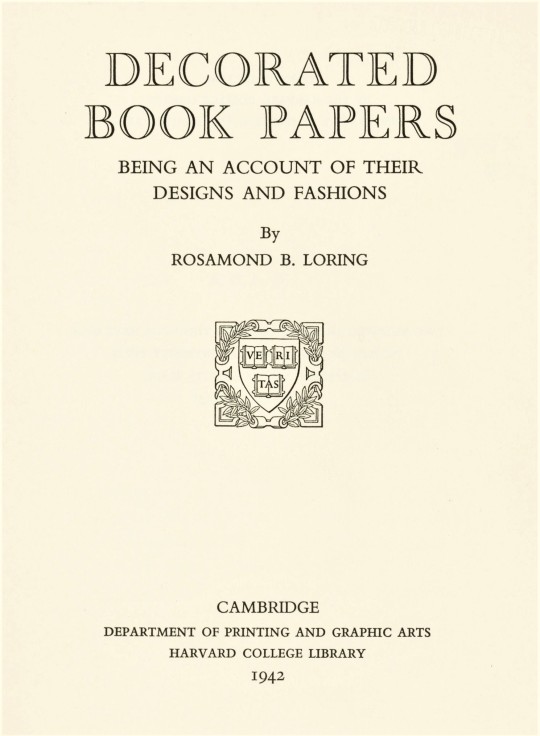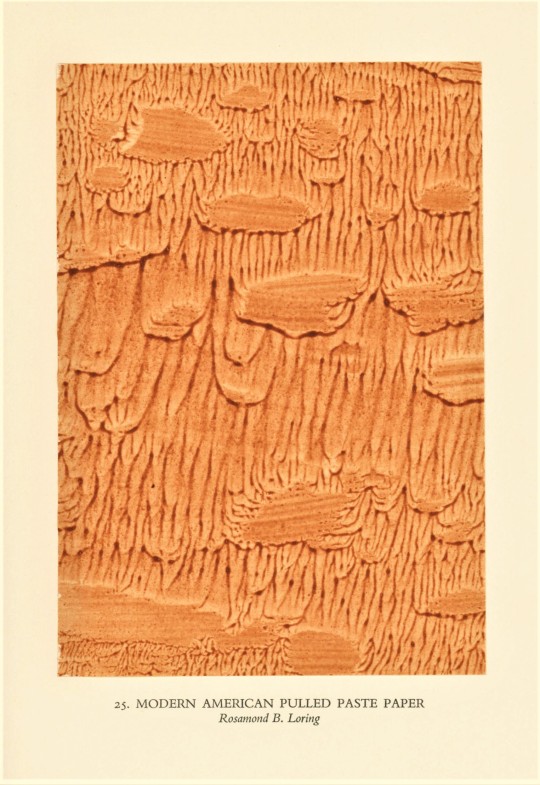#John Harvard
Explore tagged Tumblr posts
Photo

Tiger Tuesday: Princeton’s tiger with the other Ivy League mascots, as well as the Democratic donkey and Republican elephant, on the cover of the Princeton-Cornell football program, September 22, 1984. The pictured Ivy League mascots consist of: Murderous Quaker (Penn) Leo Columbiae (Columbia, now named “Roar-ee”) Touchdown/Big Red Bear (Cornell) Bruno the Bear (Brown) Handsome Dan (Yale) John Harvard (Harvard) Tiger (Princeton) Big Green (Dartmouth)
Athletic Programs Collection (AC042), Box 10
The entire Tiger Tuesday series
#1980s#mascots#Ivy League#Penn#Murderous Quaker#Columbia#Leo Columbiae#Roar-ee#Touchdown#Big Red#Cornell#Bruno the Bear#Brown#Handsome Dan#Yale#John Harvard#Harvard#Tiger#Princeton#PrincetonU#Princeton University#Big Green#Dartmouth#TigerTuesday#Republican#Democrat#donkey#elephant#football#sports
32 notes
·
View notes
Photo










2007-2009 at Harvard University, Cambridge Massachusetts
#Harvard#Harvard University#Cambridge#massachusetts#New England#Puritans#ivy league#A lifetime ago#Widner Library#Andover Hall#Harvard Hall#Harvard Square#John Harvard#Harvard Yard
22 notes
·
View notes
Photo






Harvard College was named after clergyman John Harvard on March 13, 1639.
#Memorial Church#Harvard College#named#John Harvard#13 March 1639#anniversary#US history#original photography#Massachusetts#summer 2009#architecture#cityscape#Cambridge#Widener Library Harvard University#Harvard Hall#General McArthur Square gate#tourist attraction#landmark#New England#university#travel#vacation
2 notes
·
View notes
Photo

0 notes
Photo








Decorative Sunday: Paste Paper Edition
In 1942, Harvard University Press printed 250 copies of Decorated Book Papers: Being an Account of the Designs and Fashions by the bookbinder, author, and creator and collector of decorative papers, Rosamond Bowditch Loring. Published by the Harvard College Library Department of Printing and Graphic Arts in Cambridge, Massachusetts, the 234 sale copies of the first edition sold out within months, despite the “then considerable price of ten dollars” and the economic stressors of the war. In addition to eight plates reproducing examples of 18th century decorative papers, the first edition includes twenty-five samples tipped in, many of which are from the author’s own extensive collection.
While Loring collected a variety of a decorative papers, the examples shown here are from the chapter on paste papers, Loring’s area of creative specialization. The sample papers included in this chapter are all Loring’s own work, or that of her student, Veronica Ruzicka, who bound the first edition (it is worthy to note that Ruzicka is the daughter of illustrator, wood engraver, and type designer Rudolph Ruzicka, whose work we have highlighted several times). Ruzicka also contributed an essay when a second edition of the book was finally published by Harvard University Press in 1952, along with Dard Hunter and Walter Muir Whitehall.
Rosamond Loring (May 2, 1889 – September 17, 1950) studied book binding under Mary Crease Sears at the Sears School of Bookbinding in Boston. Sears, about a decade older than Loring, had had to battle to learn the trade; women were barred from the Bookbinders Union but most commercial binderies were happy to hire women for particular tasks, such as sewing sheets, but maintained a strict separation of roles, preventing employees from learning the whole binding process from start to finish. Eventually, Ms. Sears secured an apprenticeship in France to complete her studies and opened her binding school in Boston shortly after, training several generations of women binders. While studying under Sears, Loring became frustrated with the lack of options for quality endpapers and became determined to make her own, which she sold to other binders at Ms. Sears’s studio. Her first major commercial commission was for the Houghton Mifflin publication of The Antigone of Sophocles, translated by John J. Chapman (Boston, 1930).
Our copy of Decorated Book Papers is a gift of Dick Schoen.
-Olivia Hickner, Special Collections Graduate Intern
#Decorative Sunday#Decorated Book Papers#Rosamund Bowditch Loring#Rosamund Loring#Rose Loring#Paste Paper#Paste Papers#Decorative Paper#End-Paper#Decorative Plates#Decorative Art#Decorative Arts#Veronica Ruzicka#Dard Hunter#Walter Muir Whitehill#John J. Chapman#Harvard University Press#Harvard College Library#Harvard College Library Department of Printing and Graphic Arts#olivia
167 notes
·
View notes
Photo




John F. Kennedy warming for a competition for the varsity swimming team at Harvard University on March 10, 1938.
82 notes
·
View notes
Text
✨✨✨
the way I feel so fuckin proud of this young man.... 🤍🤍

"I'm not casting judgement," he added. "You can find your tribe there." But "I think it's hard to be alive now. I think societal collapse is in the air. That's why hopefully this movie will matter."
~Timmy during press conference Bones and All, Venice September 2nd 2022 ~
82 notes
·
View notes
Text

Found this gem of an article about alien abductions on the New York Times. July 5, 1997
Link:
15 notes
·
View notes
Text
How "Decoration Day" in May 1865, Held by African Americans in South Carolina Led to Memorial Day
How “Decoration Day” in May 1865, Held by African Americans in South Carolina Led to Memorial Day
by Lori Lakin Hutcherson (@lakinhutcherson) On Memorial Day 2022, we take a look at the African American origins of the federal holiday established to remember America’s fallen soldiers. To read about it, read on. To hear about it, press PLAY: https://goodblacknews.org/wp-content/uploads/2022/05/GBNPADpod053022.mp3 [You can follow or subscribe to the Good Black News Daily Drop Podcast through…

View On WordPress
#"John Brown&039;s Body"#Arlington National Cemetery#Charleston#civil war#David Blight#Freedmen#GBN Daily Drop Podcast#Hampton Park#Harvard University#Joe Riley#Lori Lakin Hutcherson#Memorial Day#South Carolina#Union Soldiers#“Decoration Day”
50 notes
·
View notes
Text


The good Americans usually die young on the battlefield, don't they? Well the Davids of this world merely occupy space. Which is why he was the perfect victim for the perfect murder.
Rope (1948)
#harvard undergraduate (derogatory)#i think of that post so much#rope 1948#old hollywood#classic films#vintage films#vintage hollywood#oldhollywoodedit#vintagehollywoodedit#alfred hitchcock#john dall#farley granger
409 notes
·
View notes
Link
A new battery for electric cars that can fully charge in 10 to 15 minutes.
#electric cars#harvard john a. paulson school of engineering and applied science. lithium battery#lithium-metal battery#solid-state lithium battery
8 notes
·
View notes
Photo

Tiger Tuesday: Cartoon by Don Miller ’55 in the Daily Princetonian for November 6, 1953.
The entire Tiger Tuesday series
#1950s#TigerTuesday#tiger#Harvard#Princeton#PrincetonU#Princeton University#cannon#John Harvard#cartoon#tiger cartoon
8 notes
·
View notes
Photo






Harvard College was named after clergyman John Harvard on March 13, 1639.
#Widener Library Harvard University#Harvard College#named#13 March 1639#John Harvard Statue#Harvard University#Harvard Hall#Massachusetts#USA#travel#vacation#summer 2009#John Harvard#Cambridge#gate#window#cityscape#architecture#landmark#tourist attraction#original photography#anniversary#US history#façade
7 notes
·
View notes
Text
Oh btw I went to the Harvard campus the other day and literally went “this is where they filmed the social network” and then left
#only reason to go there 🙄#the social network#I was buzzing with excitement I did go to the John Harvard statue L M A O
7 notes
·
View notes
Video
tumblr
After a quick hiatus for the VMAs we are back for our fifth and final week of Art Breaks brought to you with our partners @mtv! This week’s video was created by John Akomfrah, artist and filmmaker, whose work often investigates race, memory, post-colonialism, and the experiences of migrant diasporas globally. This work, Vertigo Dreams (2021), narrates an ‘impossible history’ of racial slavery through a fictionalized autobiography of a subject in a very real photograph in the collection of @harvardpeabodycollections: Renty, an enslaved person of African descent in South Carolina, 1850.
Don’t forget to see this video in Times Square at 1515 Broadway and check out the full length videos on MTV and their sister networks!
#John Akomfrah#art breaks#mtv#brooklyn museum#art#artist#filmmaker#film#race#memory#post-colonialism#migrant#diasporas#globally#global#history#slavery#autobiography#harvard#peabody collection#Renty#enslaved#african#South Carolina
51 notes
·
View notes
Link
The Boston Athenaeum is home to about 150,000 rare books. But in a locked room, tucked into a custom-made box, there lives a particularly curious one. About the size of an ordinary paperback, the book is a memoir by the career criminal James Allen, alias George Walton. The light gray cover bears the Latin phrase “Hic Liber Waltonis Cute Compactus Est:” “This book was bound in Walton’s skin.”
Born in Lancaster, Massachusetts in 1809 to a struggling family, Allen fell into a life of crime at the age of fifteen, after a chance meeting with a master thief. He spent most of his life in and out of different jails: while incarcerated, he would read books, learn trades, and get on well with everyone, but as soon as he got out, he would return directly to burglaring and highway-robbing. Eventually, he died of tuberculosis at the state prison in Charlestown, MA.
Before he died, though, Allen decided to tell the story of his life to the prison’s warden, and asked him to write it down. He also made a more unusual request: “Allen asked that enough of his skin be tanned to provide bindings for two copies of this memoir,” writes Stephen Z. Nonack in Acquired Tastes, an account of the Boston Athenaeum’s collections.
One copy of the book was to go to his doctor, and the other was to go to John Fenno, Jr., one of Allen’s victims, who he considered to be “the only man who had ever stood up to him,” Nonack writes. “A sufficient piece of skin was removed from Allen’s back and taken to a local tannery, where it was treated to look like grey deerskin and finally delievered into the hands of… a bookbinder.” (You can view the book and read the text at the Athenaeum’s website.)
Anthropodermic bibliopegy, or the practice of binding texts in human skin, may date back to the French Revolution, when a number of copies of the French Constitution were supposedly bound in the skin of those who opposed the new Republic. (These can be seen in the in the Museum Carnavalet in Paris.)
By the 19th century, the most common use of anthropodermic bibliopegy was by physicians. Dr. John Stockton Hough bound three medical volumes in the skin of a patient with the first diagnosed case of trichinosis. Others used cadavers they had obtained from public executions.
Books such as the The Dance of Death were being bound in human skin as late as the 1890s. Many of these books now belong to libraries, including the John Hay Library at Brown University, the library of the College of Physicians of Philadelphia, and potentially the Cleveland Public Library and the library of Harvard Law School.
While it is unclear exactly how this skin book got to the Athenaeum, anecdotal evidence suggests it was donated by John Fenno, Jr.’s daughter sometime in the 19th century. There it sits today, describing the life of the man it is also made from.
Update as of July 2021: Allen’s skin-bound memoirs is no longer on permanent display.
#anthropodermic bibliopegy#human skin books#James Allen#George Walton#Boston Athenaeum#French Revolution#Museum Carnavalet#Paris#Dr. John Stockton Hough#trichinosis#The Dance of Death#John Hay Library#Brown University#College of Physicians of Philadelphia#Cleveland Public Library#Harvard Law School#19th century#1800s#cw: gore#articles#Atlas Obscura#long post
12 notes
·
View notes